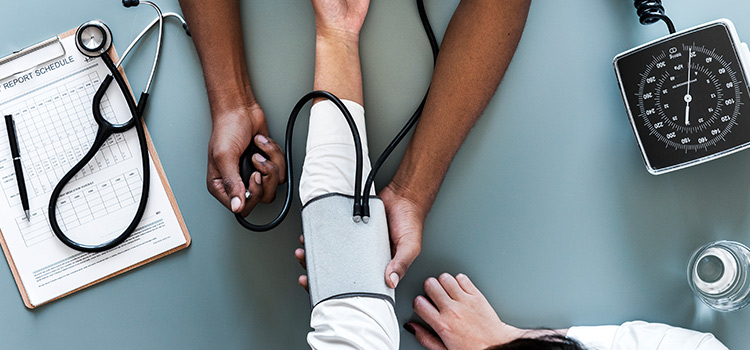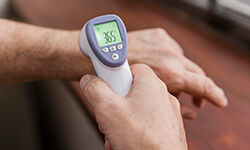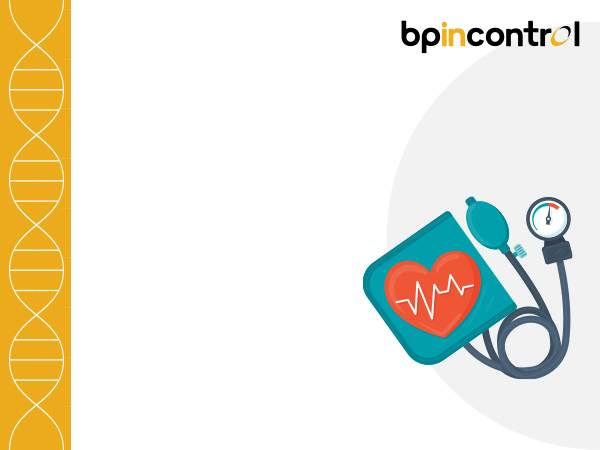
Should You Worry About Hypertension During Winters? What The Studies Say

Table of Contents
Lifestyle diseases, once diagnosed, are usually lifelong conditions managed using medications, a healthy lifestyle, avoiding bad habits, and regular monitoring of parameters. Conditions like hypertension, diabetes, etc., are governed by multiple factors that may change during certain times of the year.
Consider high blood pressure – it is a year-round problem. However, you will be surprised to know that seasonal changes may affect your BP numbers. Current studies show that cold weather and chilly winters can worsen your blood pressure levels, even when you are not hypertensive. So, if you are hypertensive and live in a freezing country or plan to visit one, you must be aware that your blood pressure levels can rise to dangerous levels, increasing your risk of heart attack, stroke, and other health problems.
The normal blood pressure level is 120/80 mm Hg or lower. If your blood pressure level is over 140/90 mm Hg, you are considered hypertensive. When blood pressure levels lie between 120/80 to 130/89 mm Hg, you have pre-hypertension.
Possible Risk Factors that May Increase Hypertension During Winters
Studies and current research state that seasonal changes are said to affect blood pressure. These hypertensive risk factors include:
-
Temperature
Multiple studies have found a link between environmental temperature and blood pressure levels. Higher blood pressure has been found in people in cold temperatures compared to those in warmer climates.
A study conducted by Jansen and colleagues showed a significant impact of ambient temperature on blood pressure. Moving from a warmer temperature to a colder temperature can immediately increase your blood pressure levels.
What causes high BP in winter or cold weather is still unknown. However, it is believed that the activation of the sympathetic nervous system and secretion of catecholamines (adrenaline and noradrenaline) due to the drop in temperature causes a rise in blood pressure levels. Another mechanism suggested for temperature-linked changes in blood pressure is the probable constriction of blood vessels in cold temperatures and dilation in warm weather. Constriction of blood vessels narrows their lumen and increases blood pressure. So, while the summer may be a safe time for those with hypertension, winters and extremely cold temperatures can raise your blood pressure levels.
-
Vitamin D
Vitamin D is synthesized by our body when exposed to the Sun. In countries and regions with cold and chilly winters, the Sun shows up lesser than it would in warmer weather. Studies have implied a connection between low vitamin D levels and a rise in blood pressure levels. However, the mechanism of how this happens is still under study.
-
Hormones
Hormones like adrenaline, vasopressin, noradrenaline, aldosterone, angiotensin, and thyroxine play an important role in maintaining blood pressure levels. They also play a role in the seasonal variation of blood pressure. Though wearing warm clothes will protect you from the severe cold, the blood flow to the skin and the plasma renin activity that maintains the force of blood change in response to cold weather. Also, the levels of most hormones increase in response to cold, thereby causing a rise in your blood pressure levels.
-
Serum Cholesterol Level
Increased serum cholesterol leads to deposition in the blood vessels, narrowing them and causing a rise in blood pressure. Several studies demonstrate this relation between rising in serum cholesterol levels and a rise in blood pressure. Some studies have shown a seasonal variation in serum cholesterol levels, which directly affects blood pressure.
-
Physical activity
We are all aware of the direct correlation between lack of physical activity and increased blood pressure levels. It has been found that both men and women perform more physical activity in the warm summer months than in the winter. Since physical inactivity raises blood pressure levels, it is not surprising to see a rise in the winter months. There are many mechanisms suggested for the relation between blood pressure and physical activity.
Wrapping it Up
While research continues to decode the chilling link between winters and hypertension, here are some ways to keep your blood pressure levels within normal limits, even in cold weather:
- Dress in layers to keep yourself warm.
- Wear gloves, socks, a cap, and a scarf to protect your extremities and head from the cold.
- Avoid performing activities that can strain your heart in cold weather.
- Continue to monitor your blood pressure levels with an at-home blood pressure device.
- If you are heading for a holiday to a cold place, it is best to consult with your doctor before your travel.
If you are hypertensive, knowing all about your condition and regularly monitoring your blood pressure levels can help you manage it better. Find more such helpful articles on hypertension, its risk factors, and how you can keep your numbers within normal limits right here on BPInControl.
Note of Caution: This article is for information purposes only. Always consult your doctor in case of any blood pressure or other health-related problems.
Disclaimer
The information contained in this article is to educate, spread awareness in relation to hypertension and other diseases to the public at large. The contents of this article are created and developed by BPinControl.in through its authors, which has necessary, authorisations, license, approvals, permits etc to allow usage of this articles on The Website. The views and opinions expressed in this article are views, opinions of the respective authors and are independently endorsed by doctors. Although great care has been taken in compiling and checking the information in this article, The Website shall not be responsible, or in any way liable for any errors, omissions or inaccuracies in this article whether arising from negligence or otherwise, or for any consequences arising therefrom. The content of this article is not a substitute for any medical advice. The Website shall not be held responsible or liable for any consequence arising out of reliance on the information provided in the article.







Comments (0)
No comments found.Add your comment